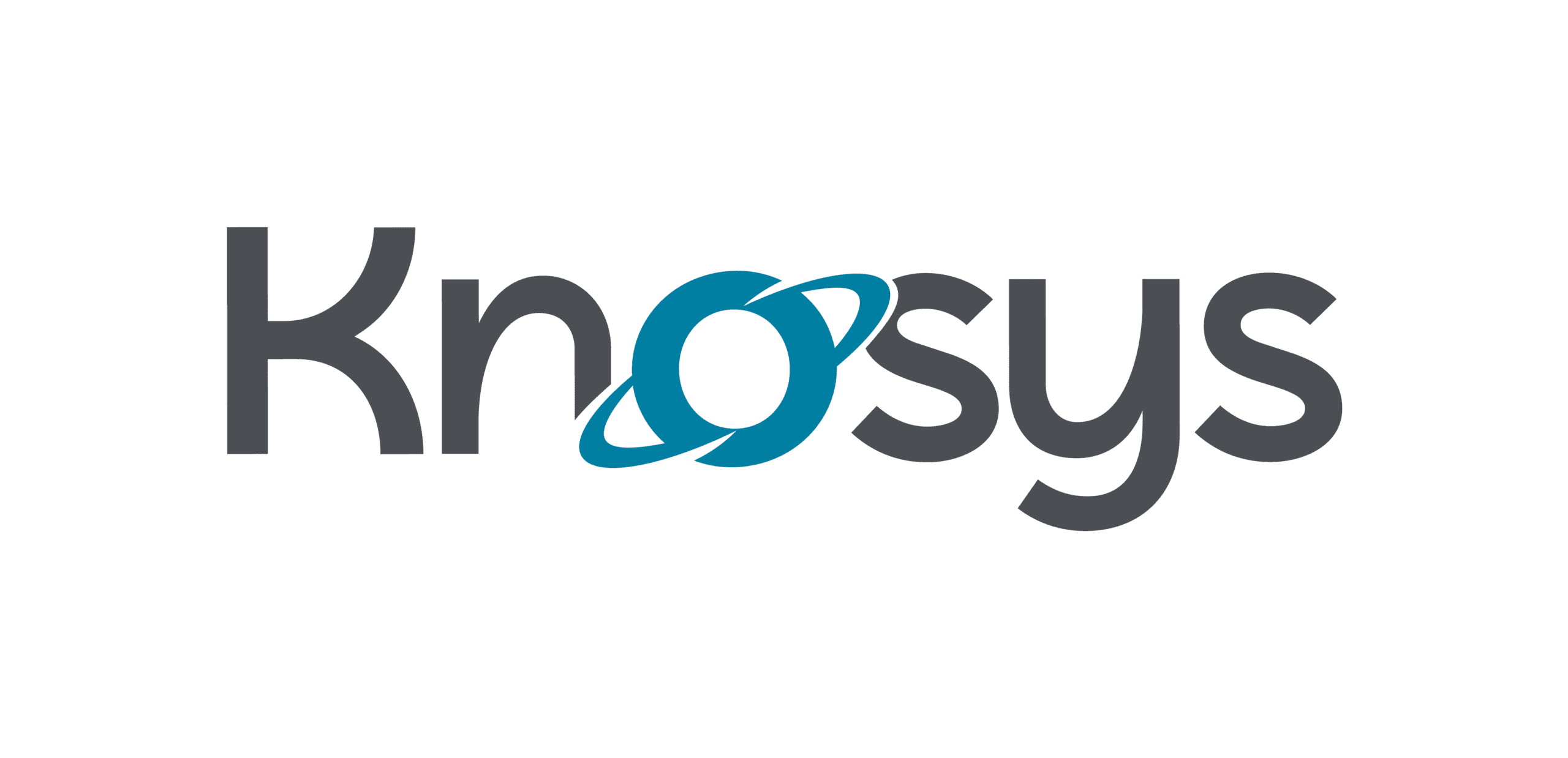Future workplaces, digital workspaces, the future of work – these are all terms that get used over and over as we discover new technologies that are predicted to change the colour and shape of not only what we do in business, but how we do it. And more importantly – how well we do it.
We’ve used these terms ourselves – guilty!
But there are no future workplaces. There are the workplaces we have now, which are evolving right now. The future everyone is referring to in their articles, podcasts and webinars – is happening as we speak.
How quickly workplaces and the brands they power evolve, is a direct result of how well they accept the need for technology assisted customer service, and how quickly they pursue integration.
What does it mean to be omnichannel in a workplace with on-premise legacy issues?
Listening to the challenges faced by customers and the problems they encounter regularly – there’s clearly a pattern, especially within contact centres with frontline staff.
- There are far too many channels and apps that agents rely on to respond to customer queries
- The time it takes to reach a resolution is unsatisfactory for many customers
- The ability for staff to find accurate answers when they need them is complicated and requires multiple layers of resource
- The expenditure related to reaching a high level of customer experience is not sustainable
Becoming an omnichannel workforce that has a holistic view of the customer is the first step toward real change that manifests into better customer experiences, reduced attrition and increased revenues through customer loyalty and lower cost-to-serve.
The ROI on integrating a new technology of any kind may appear to be slow burn – but when you consider that revenue will shift exponentially from those companies who don’t integrate to those who do/have or are in the next 5 years – it’s impossible to argue that burn it will. Australia has historically lacked the impetus to make dramatic changes in business, policy and technology because we’ve not been forced to think outside of the box by any crushing financial crisis – or economic disaster.
But if we don’t start investing in the customer experience now – we risk falling behind on a global scale and it’s simply not necessary when you consider the high level of skilled technology creatives we have here, bursting with ideas and ready to implement the tool that will change organisational structure and processes for the better.
The first step toward becoming omnichannel is to start thinking about a single source of truth for your employees and your customers. It’s about managing and structuring all the knowledge you have on your company, service, customers and the policies and governance requirements that ensure everything is delivered seamlessly and is regulated appropriately.

What does it mean to create and curate a knowledge base?
Knowledge repositories consist of various types of knowledge that can be used in different ways:
- Human insight from knowledge experts within your organisation – or whom you’ve gathered information from via consultation or collaboration can be disseminated throughout your organisations and turned into actionable insights that help teams and individuals perform better and understand your product or service at a high level.
- Knowledge that’s gathered from recorded insights including any and all documented communication with your clients/customers/users including phone calls, email, messaging, reviews, CRM logs and face to face interaction.
- Company documentation on anything from your top-level messaging to specific processes and procedural requirements and guides
- Onboarding and training materials and resources
Curating and structuring all this information so it’s easily accessible, is a fundamental necessity to improving customer relationships. It’s also critical for staff to perform their duties.
What is relevant for one agent might be unnecessary for another, so ensuring all your information is not only accurate, but delivered to the right person, by role and responsibility, with immediacy is what we’re talking about when we say knowledge management. It’s a mixture technology derived experts and human experts that when blended – compliment each other and the business and serve the customer via the most appropriate method, with the most appropriate and desired response. It’s artificial intelligence meets intelligence – but really – it’s just a more intelligent way of delivering your service.

What does it mean to integrate successfully?
Famous or infamous – the age-old scout credo – ‘be prepared’ is as relevant to technology integrations as any venture into the unknown. That’s why it’s important to identify possible pain points, address any cultural uncertainty and address the reasons for change. Getting your teams on board is the hardest thing for many organisations but it’s your teams who will benefit with he most immediacy. So, get them excited, their roles are about to become more rewarding and less taxing.
When you integrate your current systems with the Knosys solution – KIQ Cloud – you customise and brand your own environment. There are many ways to plan a successful integration, here are just some of our tips:
- Create something exciting for your teams and make a big fuss about it.
- Introduce your system and site phase by phase and make sure your project managers have a strategy in place for achieving your goals.
- Work with us to ensure your content is migrated correctly, we’re here to help.
- Talk to your teams about how the system improves workflows, helps improve performance, work more efficiently and reduce complaints
- Document the rate of achieving improved customer experience and satisfaction and celebrate those wins as they occur
- Remain dedicated to your reasons for change, citing reductions in ongoing costs of onboarding new tech and retraining
- Encourage the new skills and attributes of your staff
- Collaborate and unify your teams and recognise achievement
Success comes from being realistic about what is required to change your practices forever and investing in that change in every aspect of your business. Start today – the future is now.
For more information on KIQ Cloud or to speak to one of our team about your challenges simply hit the links below.
{{cta(‘6aedfa2e-c8a2-4d65-85c8-7b903b45f526’)}}
{{cta(‘ca79c73c-341b-4b73-aa81-ae7bb3352fa8’)}}
